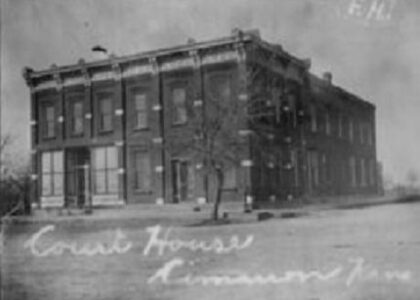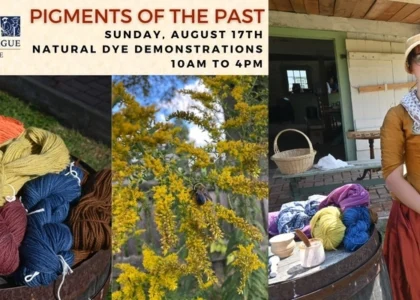Welcome to the Smoky Hill Trail Historic Marker, a place where time whispers stories of ambition, survival, and exploration. Situated along the path of what was once a vital artery of travel during the westward expansion of the United States, this marker stands as a testament to the courage and determination of those who journeyed across the plains in search of prosperity in the Colorado goldfields.
The Smoky Hill Trail, established during the Pike’s Peak Gold Rush of 1858, was the shortest route from Kansas to Denver, cutting across the vast expanse of the Great Plains. Unlike other routes, it had a particular section dreaded by travelers, infamously known as the ‘Starvation Trail’ due to its scarcity of resources like food and water. Yet, despite the adversities, the promise of gold drew many to this path, driven by hopes of fortune and a better future.
The trail wasn’t just a route; it was a stage for significant historical events. In 1865, the Butterfield Overland Despatch used this trail to transport mail and passengers, although the venture was short-lived, succumbing to the harsh realities of the terrain. The U.S. Army even established forts along the trail, such as Fort Wallace, to protect these adventurous travelers from conflicts with Native American tribes.
Among the notable figures associated with the trail was Zebulon Pike, an American explorer whose expeditions in the early 19th century laid the groundwork for further exploration and settlement in the region. His references to the Smoky Hill River during his journeys are among the earliest recorded mentions of this significant waterway.
Over time, the trail’s significance waned with the completion of the Kansas Pacific Railway in 1870, which provided a more reliable means of reaching the burgeoning city of Denver, rendering the Smoky Hill Trail obsolete. Despite its decline, the trail remains a poignant reminder of the relentless spirit of exploration and the transformative power of ambition.
This marker not only commemorates the adventurous past but also serves as a reminder of the diverse narratives that have shaped the American West. As you stand here, imagine the echoes of wagon wheels and the dreams of countless individuals who once passed this very spot.




